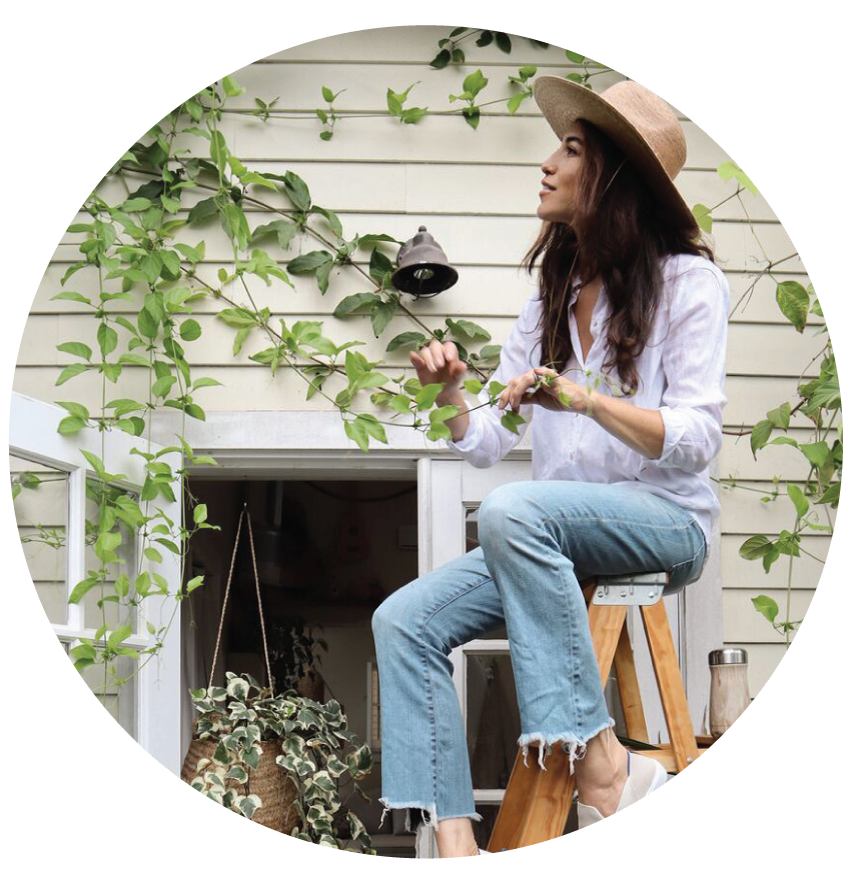Simplified Bookshelf
As we all well know, color-coordinated bookshelves were a "thing" several years back. The trend ignited notable levels of interest from folks who either loved or hated the look. I've never really considered myself to be on one team or the other. I delight in the diverse design of book spines (the typography, the color schemes, the illustrations), but I also appreciate practical and functional decor. Art collectors spend so much time, money and effort selecting frames, mats and fillets for the 2-dimensional art that hangs on their walls-- what's the harm in being creative with the display of the publications you use, love and see daily?
Since rearranging our bedroom library years ago, I've received lots of questions and criticism: "Oh great, so I can only read flax-colored books now?" / "If you cover your books, why keep them?" / "Won't these fall on you in an earthquake?" / "How can you tell where a particular book is located?" / "Living tiny is supposed to save time-- why invest time in something unnecessary like this?" / "Why don't you replace these with decorative objects?" (I understand all of these questions and critiques... except for the last one. Decorative objects? Bah!)
The thing is, I LOVE our neutral-toned bookshelf. It allows our tiny bedroom to breathe, and to feel uncluttered and airy, despite being completely utilitarian. This small space carries a lot of weight and wears many hats, but it looks and feels relaxed and easy thanks to the book spines and our bed linens.
The process requires very little time, effort and money (if any). There's no need to buy and waste new paper to do this with your bookshelf. Here are my three favorite options for achieving the look:
Remove the dust jacket-- the actual spines are frequently more beautiful.
Simply flip the dust jacket inside out, and hand-write the title on the clean spine.
Use book binding repair tape to cover the spine.
For me, this was well-worth the short time investment it required. I donate plenty of books and buy many titles digitally, but I've kept these books because I enjoy revisiting them, they were written by friends or colleagues, and/or because we've yet to finish them. We don't need this storage space for any thing else-- we have all the room we need throughout our home. We've simply asked our books to pull double-duty by functioning as art when they're not being read.








